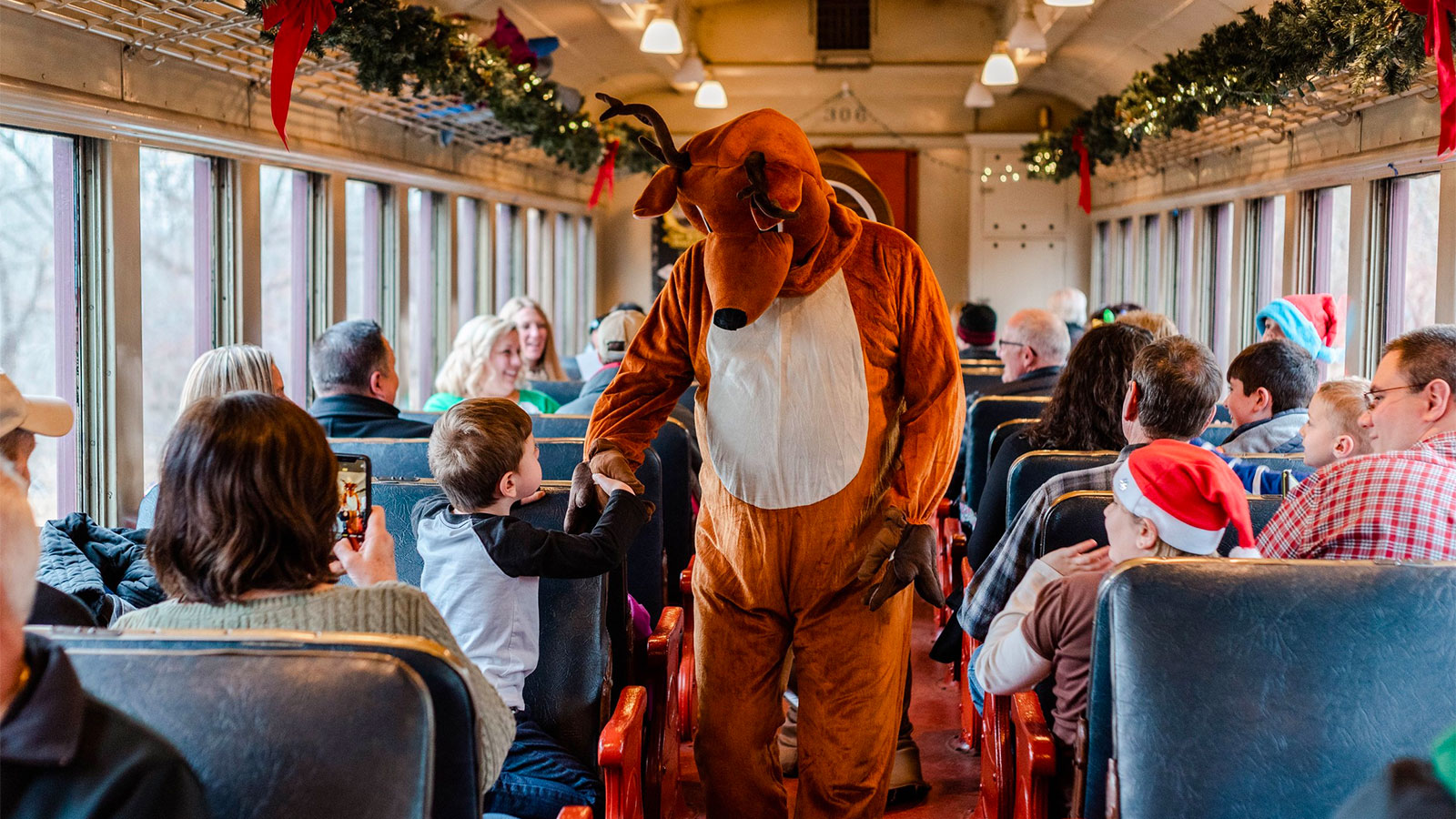We’re teaming up with community partners all over Northeastern Pennsylvania to bring you a closer look at what makes our amazing counties, cities, towns and villages so unique. Keep your eye on this space for regular contributions from local organizations, visitors’ bureaus, tourism boards, chambers and so much more.
Ordinary Utility Boxes Tapped to Play Major Role in Historical Walking Tour of Scranton
Sometimes a glimpse into the past is just what we need to gain perspective as we plan for the future. A new, self-guided historical walking tour in Downtown Scranton gives us just that, one corner at a time.
Through a partnership between Scranton Tomorrow, the Lackawanna Historical Society (LHS), Lackawanna County Arts and Culture Department, Simrell Media, and Center City Print, ordinary utility boxes have been transformed into an extraordinary visual and audio experience for pedestrians. The project was made possible with support from a Lackawanna Heritage Valley National and State Heritage Area grant.

Metal boxes at 11 corners in the business district are wrapped in historical photos relevant to each site, allowing passersby to compare their present view of downtown landmarks with imagery of those sites from 50 to 100 years ago. Each box features a QR code that triggers a 3-to-4-minute narrative when scanned with a smartphone. It’s an audio-visual feast for anyone who appreciates a good story along with their walk.
The project is several years in the making, originating with the Mayor’s Arts Council founded in 2019 by former Mayor Wayne Evans. The initial concept was to envelop the utility boxes in murals. As members of the group brainstormed, they realized the utility boxes could serve a multi-function purpose, combining art and history into the result we see today.
Evans, a Scranton Tomorrow board member, said the project is beneficial to everyone who lives and works in Scranton. “I’ve always been an advocate for public art, especially in a city like Scranton,” he said. “This project combines themes I truly believe in, such as the value of our beautiful architecture and our rich history, especially in our downtown. Bringing those themes together through a public art project showcases the best of all worlds. It really doesn’t get any better than that.”

Sarah Piccini, assistant director, LHS, was part of the team that brought this project to life. She curated photos from the LHS collection and wrote engaging scripts detailing the history of each site. An excerpt of the narrative at Biden Street and Adams Avenue encourages us to take a closer look at the structures on this corner:
“Many of Scranton’s buildings have carvings that give clues about what went on inside. Across the street is the former main showroom of the Stoehr & Fister furniture company; look at the stonework between the first and second floors to see carvings of furniture making elves! The Scranton Life building is adorned with eagles to represent the strength of the insurance company. Behind you, along Adams Avenue, is one of the most significant memorials on Courthouse Square, a bronze statue and carved rotunda dedicated to United Mine Workers president John Mitchell, who was instrumental in ending the 1902 anthracite coal strike. The first hearings for the Anthracite Coal Strike Commission, formed at the urging of President Theodore Roosevelt to arbitrate the strike, were held in Courtroom Three of the Lackawanna County Courthouse.”
Other highlights of the tour include the story of the first illuminated sign atop the famous Beaux Arts office building on Linden Street built in 1896 by the Board of Trade, known as the Ad-Lin Building today. (Spoiler alert: no, it’s not the “Electric City” sign we currently see!). A visit to the corner of Lackawanna and Adams Avenues is a reminder of the critical role Scranton played in the Industrial Revolution. “Here, you’re standing near the original industrial heart of Scranton. A few steps south on Cedar Avenue lead you to the blast furnaces of the Lackawanna Iron & Coal Company, built by George and Seldon Scranton in 1840. Iron brought Scranton out of the wilderness; the supporting industries of anthracite coal and railroads provided fuel for the furnaces and transport to take the finished iron out into the wider world…” On Penn and Linden, you’ll explore the GAR building, which housed a Civil War veterans’ group, and the Lackawanna Laundry, a massive commercial laundry that opened in 1884. These are just a few examples of what to expect when you start scanning those QR codes!
Designed to be fun and accessible for everyone, there are two ways to enjoy this tour. You can start in front of Scranton City Hall at 340 N. Washington Avenue and follow the prompts at the end of each narration until you reach the end of the tour in the 300 block of Lackawanna Avenue (near the entrance to the Marketplace at Steamtown). Or, simply explore the sites in random order as you come upon them. As we learn from those who came before us, when it comes to making history, we can choose our own adventure!



























